The ROM's Very Own Batman Returns

Blog by the ROM Sri Lanka Communications Team, Deirdre Leowinata and Vincent Luk
After every trip, there’s a period of time that passes before everything sinks in. For our #ROMSriLanka team, after a whirlwind of non-stop surveying, the events of the expedition are finally catching up to us. Looking back, it’s hard to believe that the journey of a lifetime happened in just under one month. After one last curry and a series of warm goodbyes, the team split up and its members went their separate ways to the comfort of home. On September 19th, after 21 hours in transit, our ROM team arrived back in bustling Toronto; Dr. Brinklov and her crew journeyed back to Denmark; and the rest returned to their families in Sri Lanka.
For such a small island (65,000 km2 – less than 1% of Canada’s size), Sri Lanka contains a staggering diversity of habitats. During the trip, we travelled through rolling hills to misty cloud forests, humid rainforests, temperate mountains, and arid deserts all in a matter of days. We encountered a wealth of biodiversity in those areas and were treated with sightings ranging from bird-eating spiders, chameleons, sloth bears, barking deer, Asian elephants, leopards, butterflies, giant squirrels, saw-scaled vipers, many endemic bird species, and many other unique creatures. It was an exhilarating experience for our team of naturalists, who were primarily there to study bats, but also took the time to appreciate everything else that nature provided.
The expedition in numbers:
-
27 days spent in the field
-
8 different areas across Sri Lanka surveyed
-
A total of 2500km traveled
- 16/30 total bat species identified, including at least one that may be a new record for Sri Lanka.* (see our sightings list at the end of the blog!)
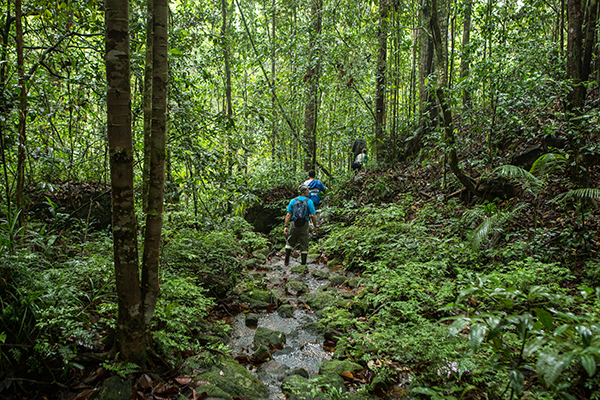
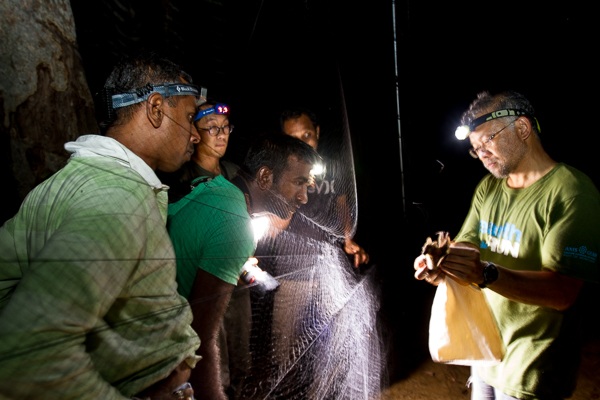
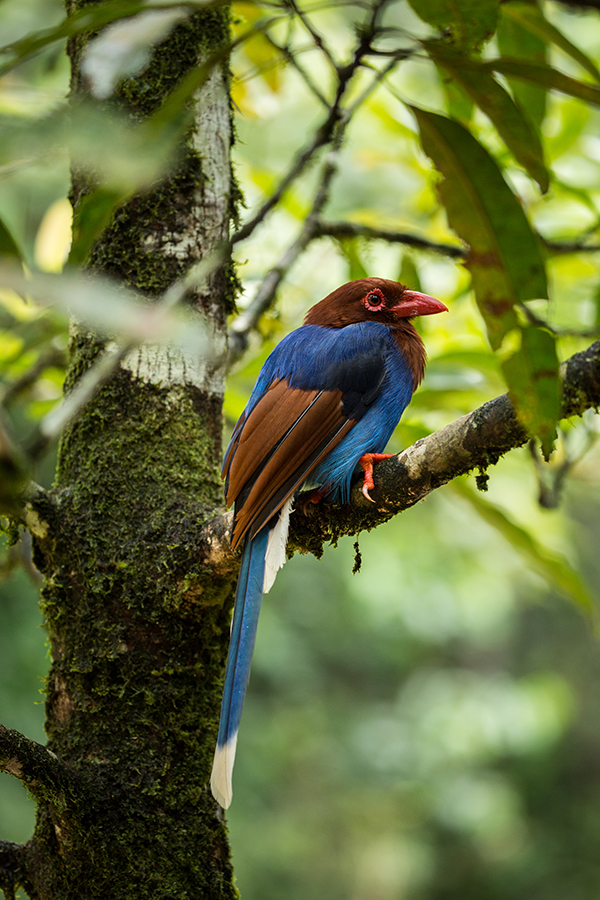
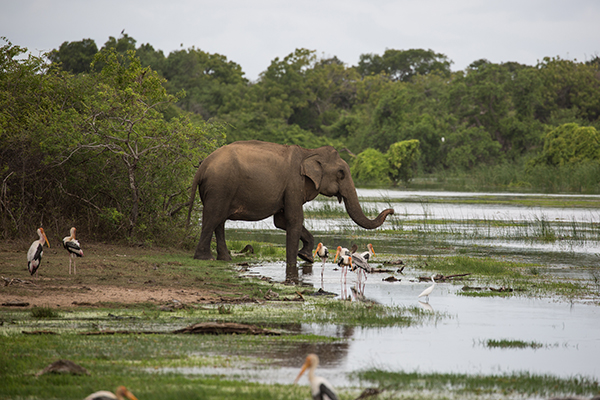
The big find of the trip was the Egyptian fruit bat (Rousettus aegyptiacus). Originating in Africa, its range was previously thought to extend no further east than Northern India. If this discovery is confirmed, it has big implications for studies of biogeography, and raises a lot more questions. We have to wait for the DNA barcoding analysis before we can confirm anything, but for now, stay tuned as we share more of our #ROMSriLanka stories! We will be releasing more photos and videos from the trip throughout the year and we’ll be sure to let you know as soon as we get those DNA results.
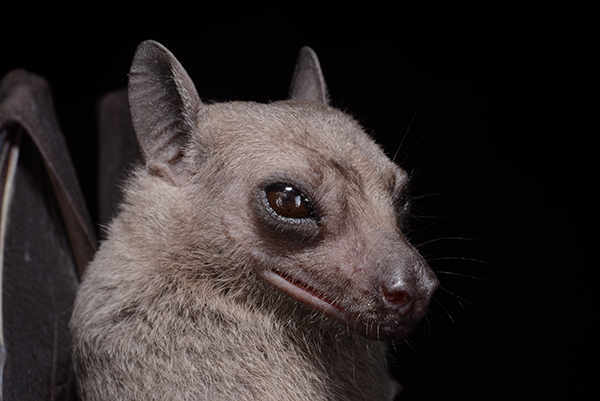
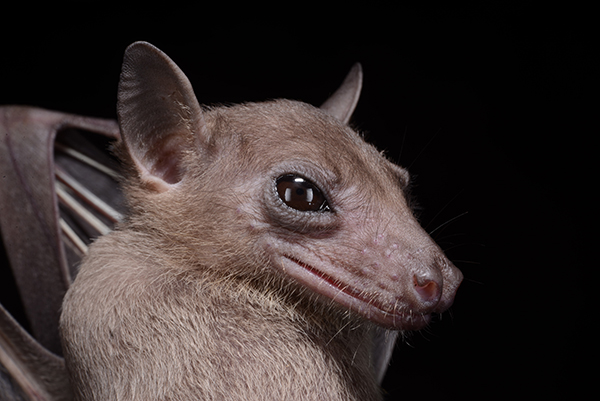
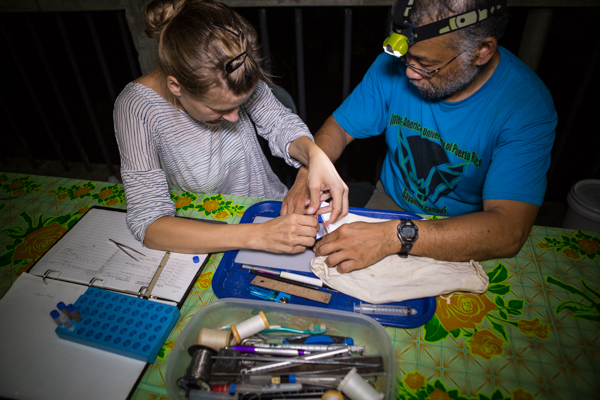
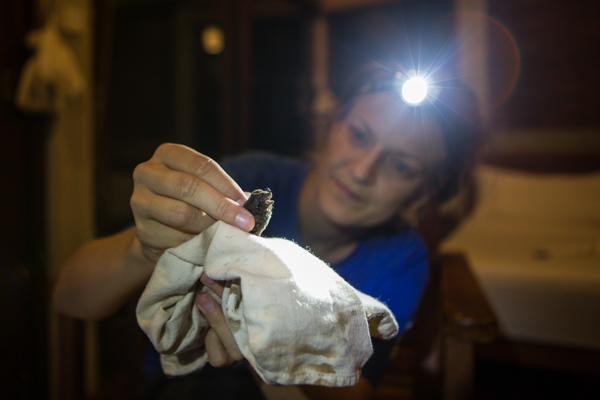
Despite the tenacity of Sinharaja’s leeches, we all made it through the trip relatively unscathed. The sure sign that the expedition was coming to an end was when the bat detector – a device used to record echolocation calls – batteries died and our second triple-high net broke on our last night of surveying, with no bats in the nets.
Reflecting on #ROMSriLanka is like looking into an alternate world with an overwhelming bombardment of all four senses. From sampling the smorgasbord of banana species grown there to wisely not putting up mist nets in the open grasslands during a lightning storm, from looking into a cave and seeing thousands of sparkling eyes staring back at you to then being surrounded by beating wings, the expedition was for science, but it was nothing short of magical.
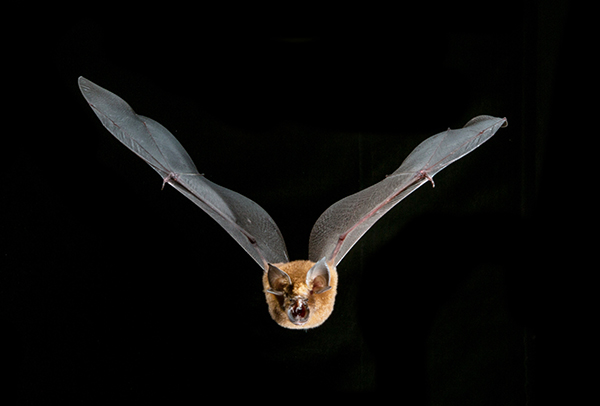
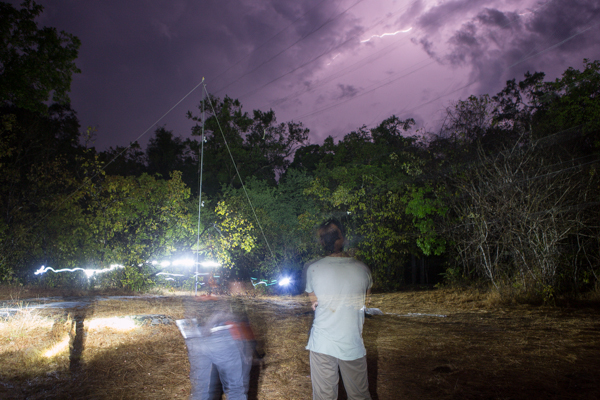
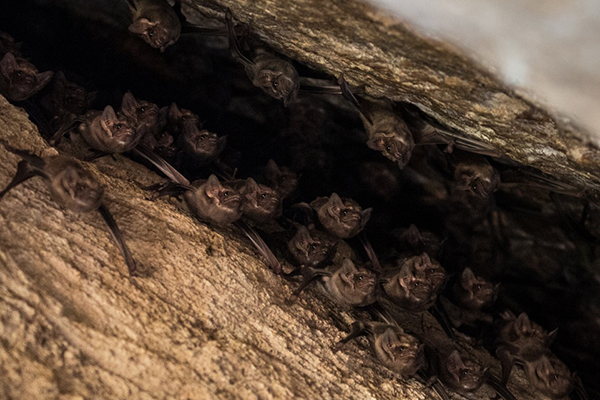
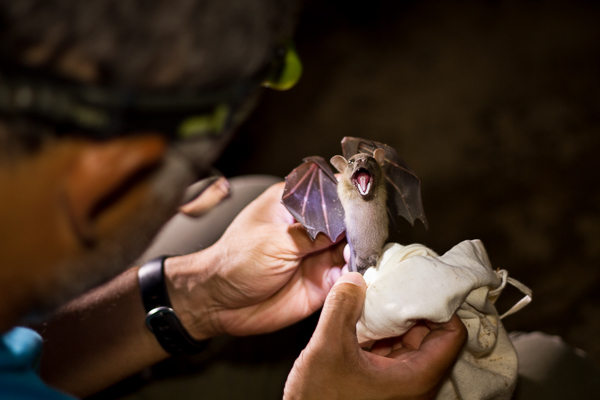
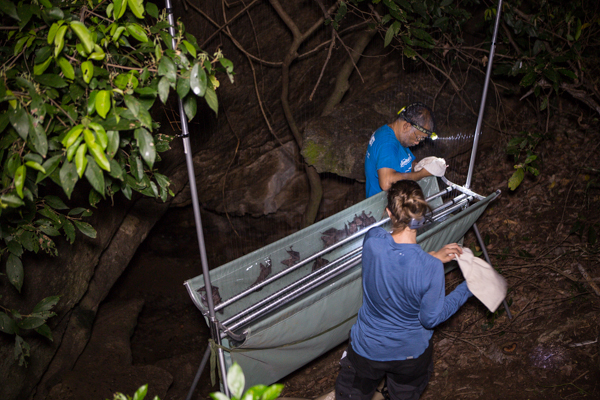


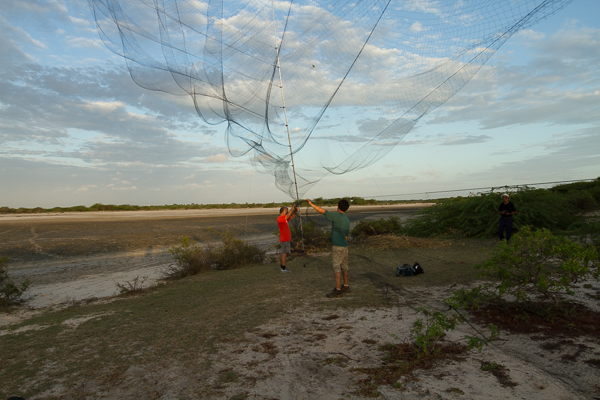
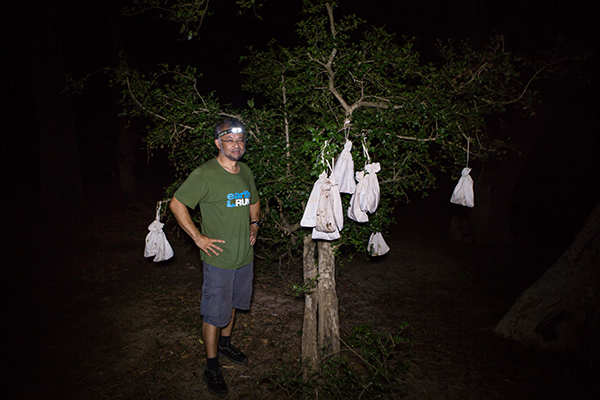
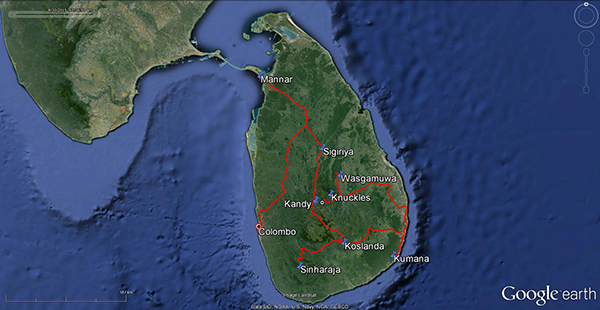
* List of all bat species identified:
1. Indian roundleaf bat (Hipposideros lankadiva)
2. Indian pipistrelle (Pipistrellus coromandra)
3. Indian flying fox (Pteropus giganteus)
4. Greater short-nosed fruit bat (Cynopterus sphinx)
5. Round-eared tube-nosed bat (Murina cyclotis)
6. Lesser short-nosed fruit bat (Cynopterus brachyotis)
7. Rufous horseshoe bat (Rhinolophus rouxii)
8. Schneider's leaf-nosed bat (Hipposideros speoris)
9. Leschenault's rousette (Rousettus leschenaultii)
10. Least pipistrelle (Pipistrellus tenuis)
11. Fulvus roundleaf bat (Hipposideros fulvus)
12. Black-bearded tomb bat (Taphozous melanopogon)
13. Greater false vampire bat (Megaderma lyra)
14. Lesser Asiatic yellow bat (Scotophilus kuhlii)
15. Eastern bent-wing bat (Miniopterus fuliginosus)
16. Egyptian fruit bat (Rousettus aegyptiacus)
